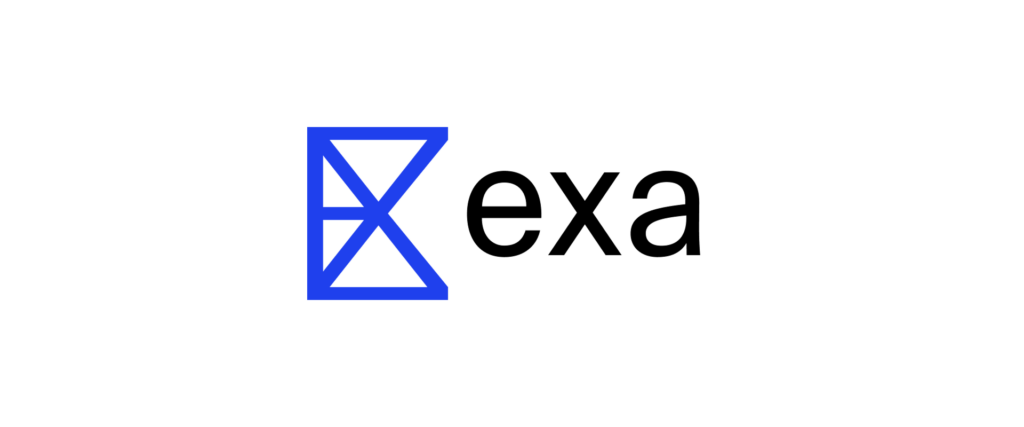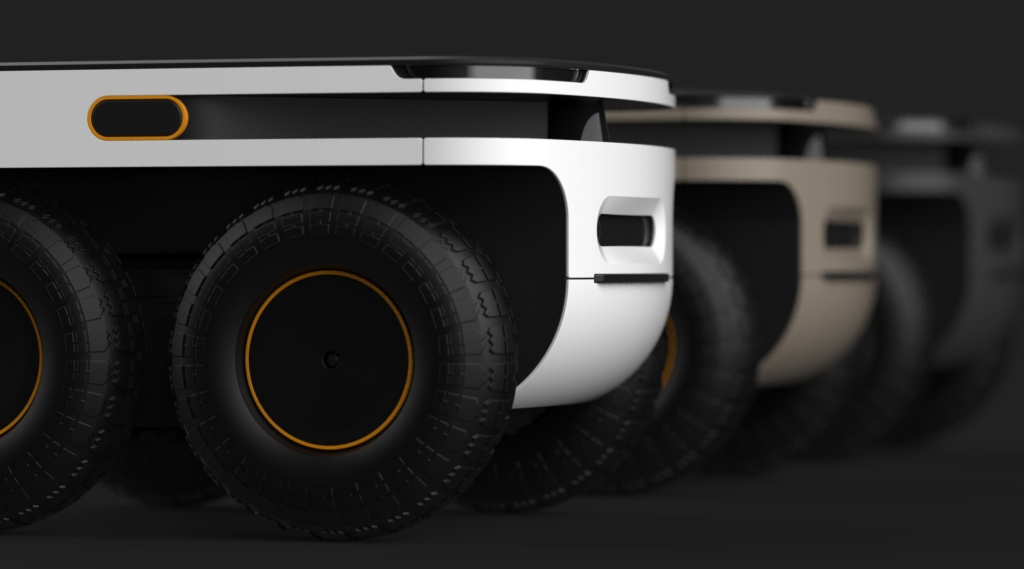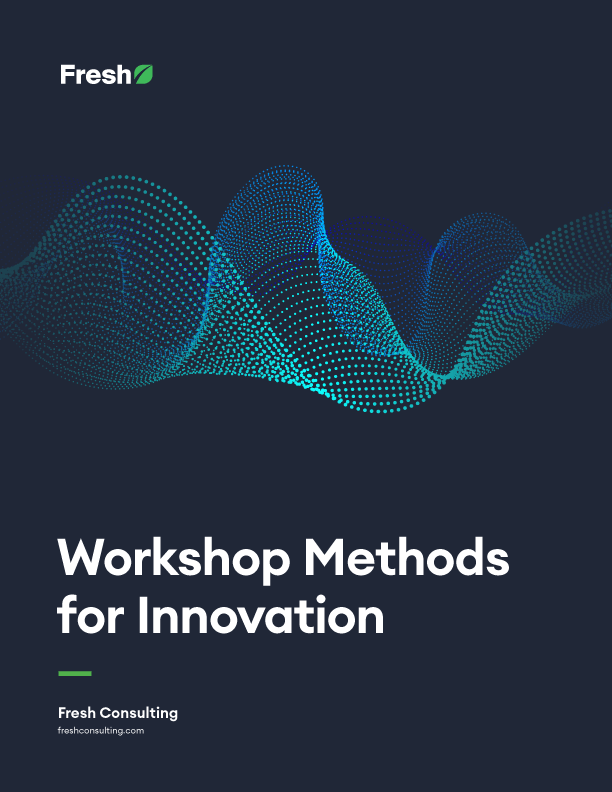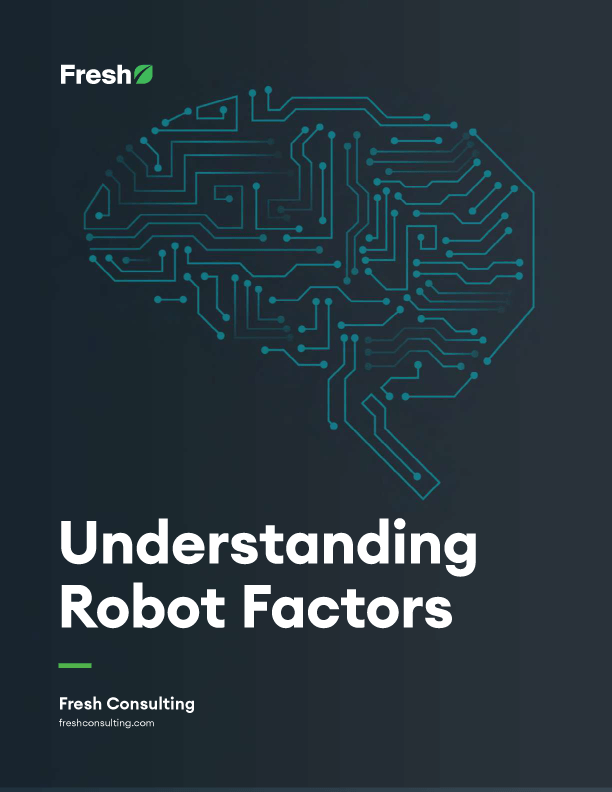Article
The Internet Of Things Product Development Guide

IoT Product Development Guide
It’s no secret that technology is more ubiquitous than ever. Almost everyone has smart devices holstered in their pocket or strapped to their wrist. We’ve immersed ourselves in the digital world, redefining how we communicate, work, and play.
But as transfixed as we are with the internet, we’ve only begun to realize the full potential of the internet of things.
The Internet of Things (IoT) is a vast, interconnected network of devices and objects bound together by cloud technology. IoT devices and products are readily available to consumers and have already been adopted with tremendous success in many industries thanks to brilliant IoT product development.
IoT product development is a complicated process that depends on the collaboration of many different disciplines and the precise execution of each component. Without a firm understanding of IoT development and what it takes to develop an IoT product, many projects fail to meet the mark.
IoT products are flooding the market. Learn more about our IoT development solutions.
Real World IoT Uses
Millions of people are already using IoT technology without even knowing it. From the neighborhood runner tracking their steps on a wearable device to crucial health monitoring technology, the possibilities of IoT product development are limitless.
IoT products have revolutionized dozens of industries, providing unprecedented real-time data, interconnectivity, and improved outcomes. Some notable examples include:
Home Appliances
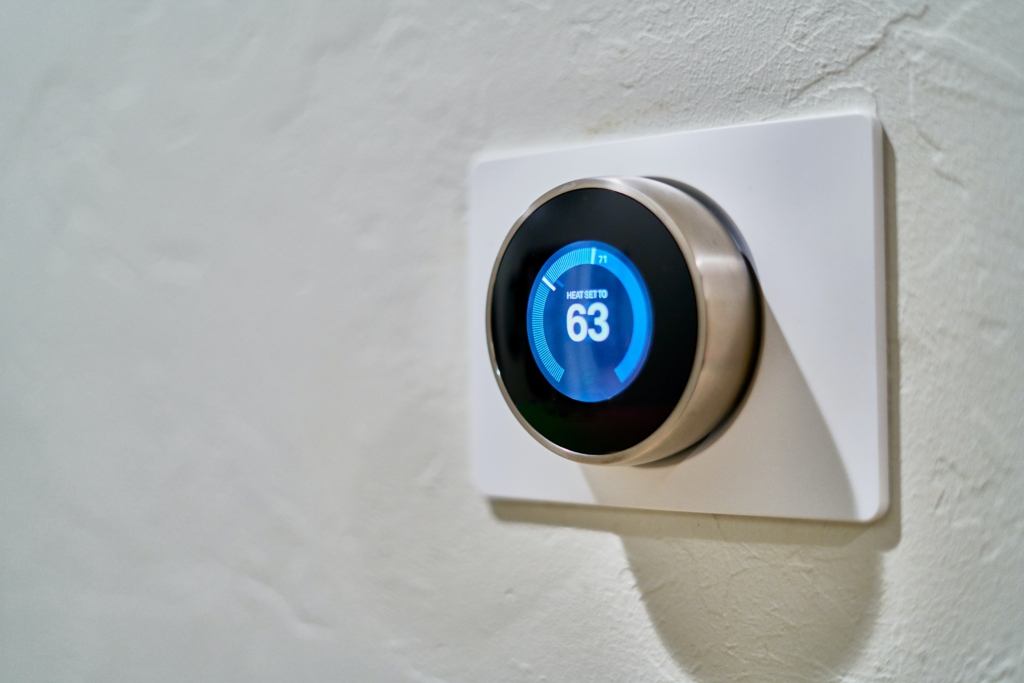
Remotely controlling smart devices in your home affords comfort and convenience to residents. Whether it’s adjusting lighting, managing the inventory of your refrigerator, or even monitoring home security systems, IoT development makes it possible.
Manufacturing
The manufacturing industry has adopted IoT so successfully that it’s garnered its own term, the Industrial Internet of Things (IIoT). Logistics management, predictive repairs, and even remote production management are all made possible thanks to IoT product development.
Healthcare
Wearable IoT products are gaining popularity by the day, and the healthcare industry stands to benefit immensely. Biological data like heart rate, sleep cycles, and even posture can be leveraged to track the progress of patients in recovery and prevent devastating health issues.
Automotive
Smart sensors can help with everything from speed control, in-lane guidance, and fuel consumption control. In certain situations, IoT can be used to fully automate driving, eliminating the need for a human being behind the wheel.
Agriculture
Industrial farming has been revolutionized by IoT product development. Agriculture professionals can easily monitor soil quality, manage irrigation systems, and monitor crops in real-time, thanks to IoT technology.

IoT products have a remarkable range of applications across industries. Many users already have established familiarity with the more popular iterations, making the pathway for further innovation in IoT product development possible.
There are estimated to be around 75 billion IoT devices operating today, and IoT technology is poised to generate $1 trillion in revenue by 2023. The demand for IoT product development is only growing and there’s never been a better time to develop an IoT solution.
However, IoT product development is not easy. Creating a functional IoT technology stack involves engineering teams from multiple disciplines, and the shortcomings of any one can imperil the success of the project.

Software Requirements for IoT
IoT product development software is primarily concerned with user experience (UX), user interface (UI), databases, web and mobile integrations, as well as the IoT product cloud. More specifically, IoT software developers are responsible for device integration, analytics, and data collection.
IoT software will manage devices and properly store and process data. These include firmware development and operating systems. The main software requirements for IoT development include support for different communication protocols like MQTT, the capability to understand both custom message formats from devices and standard message formats, integrations with third party systems, and cloud functionality.
IoT product development software components may include:
- Network protocols like MQTT, LoRaWAN, and HTTP/2
- Device management like IoTivity, Alljoyn, and Weave
- Cloud platforms like Google Cloud IoT, Microsoft Azure IoT Suite, IBM Watson IoT, and AWS IoT
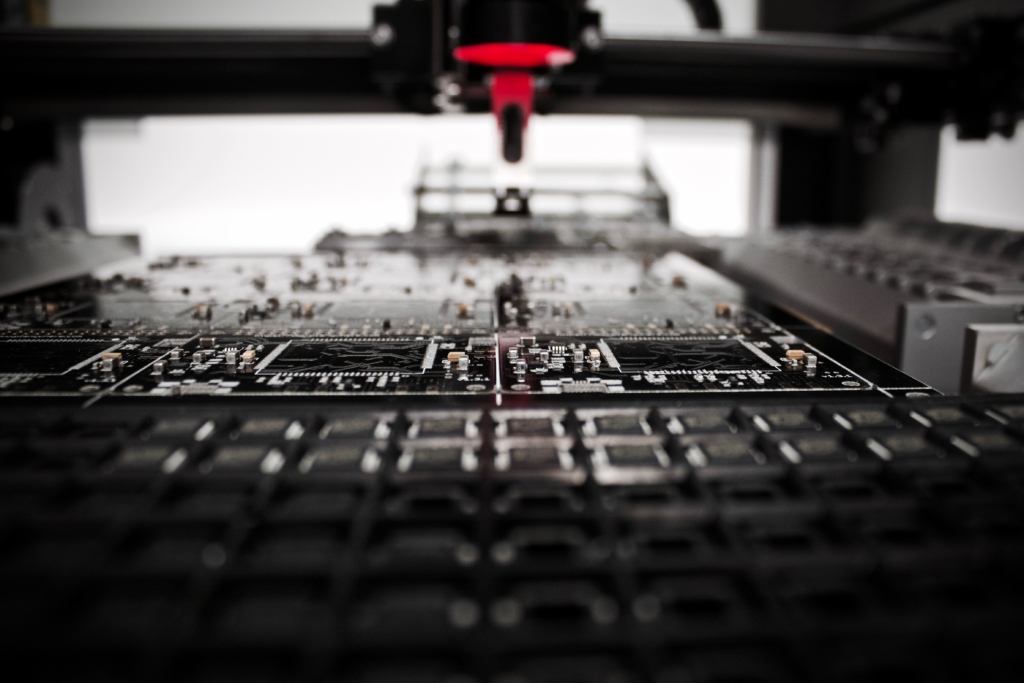
Hardware Requirements for IoT
IoT product development hardware pertains to the design and creation of all physical components of IoT products. The hardware device components include sensors, modules, casings, microprocessors, edge computing technology, and more. Specialty disciplines like firmware development and industrial design play an important role.
With technology as diverse and multifaceted as that in IoT product development, it’s difficult to generalize one blanket IoT solution for every project. However, there are a few commonalities of hardware development when it comes to hardware device requirements for IoT products.
IoT product development hardware components may include:
- The “thing,” an asset or object to control or monitor
- A data acquisition module to acquire signals like motion, temperature, humidity, etc.
- Output devices like screens and speakers regulated by actuators may also be necessary
- Data processing module to perform local analytics, store data, and perform other edge computing functions
- Communications modules to enable transmission with IoT platforms including communication ports like Modbus, CAN, or USB
Do you need an IoT technology stack for your business? Let’s connect.
Where to Start Development of an IoT App
It’s critical to have a comprehensive plan before fully committing to IoT product development. Familiarity with requirements for IoT product development like embedded software or embedded systems are a great place to start. But it’s also important to have an understanding of programming languages like Python and the fundamentals of IoT application development. Knowledge of machine learning and AI are useful along with familiarity of the standards and protocols involved with your network.
Security considerations are crucial in the IoT product development process in order to protect your IoT systems and prevent hacks that could disable not just one computer but a whole swath of interconnected devices. Since IoT is growing at an exponential rate, staying up to date with the latest innovations can give you a competitive edge.
But most importantly, setting realistic expectations and attainable goals for IoT product development is the key to success. IoT presents many product development challenges. And while ambition is indispensable, so is practicality. Keeping your budget and timeline on track is imperative.
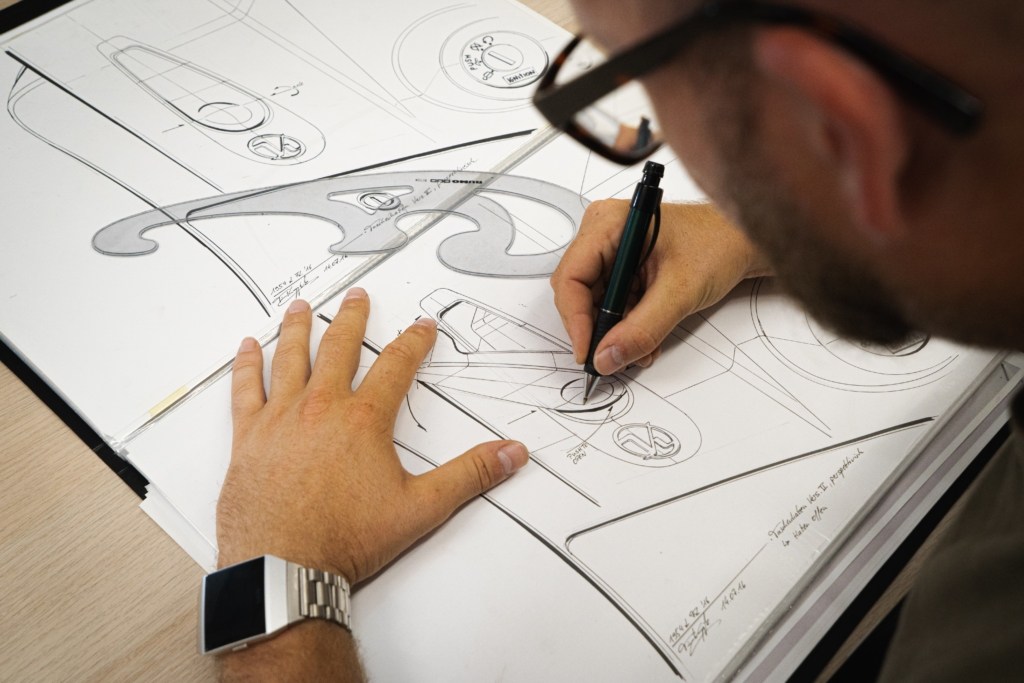
IoT Product Development Stages
As with any major technological development project, IoT product development has several distinct stages. Each IoT development stage has its own unique purpose and duration, though the time it takes to complete a particular stage can vary depending on the project. Typical IoT product development stages are:
Business Strategy & Research
The first stage of the IoT product development process involves extensive research, analysis, and workshopping to best define and map objectives, as well as to identify the resources required for the project.
Design & Prototyping
In this stage of IoT product development, developers often build a model of the desired IoT solution. Hardware and software components come together in the simplest configuration so prototype analysis can be completed with the least amount of effort and expense.
Production Design & Development
Here, the prototype is perfected including custom-engineered hardware, back-end system development, UI development, and integration of hardware devices and software components.
Sourcing, Mass Production, & Commoditization
This stage of IoT product development involves collaboration with sourcing, mechanical engineering, and manufacturing support partners to produce your IoT product at scale.
Product Certification & Regulatory Compliance
Finally, certifications are necessary to test the safety and security of your product. The specific certifications will vary depending on the type of product and the region in which it’s distributed.
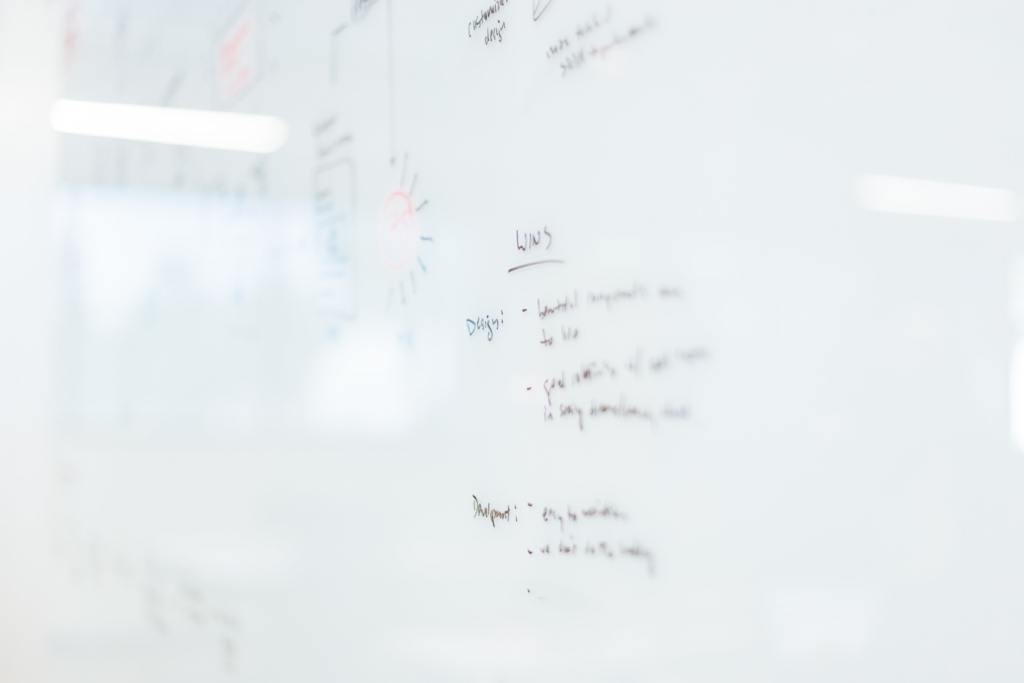
Our Roadmap to IoT Product Design
With the stages of IoT product development in mind, we can start to conceptualize our roadmap to IoT product design. At Fresh, we’ll provide you with unparalleled support in creating your IoT product with a strategic roadmap. Here’s a look at how an idea becomes an IoT solution.
Defining Strategy
Fleshing out your product strategy and goals––the type of IoT product you’re creating, your desired end-users, the reason behind the product, and revenue goals.
Requirements & Functionality
Determining the proper device features and functionality to meet your requirements including hardware, software, and regulatory standards used in IoT systems.
Team Strategy & Delegation
Determining the particular responsibilities of internal teams and outsourced talent in the IoT development process.
Proof of Concept & Piloting
Convincing key stakeholders to buy-in to your IoT product development venture, following concept development of your IoT product.
Manufacturing
Coordinating with manufacturing teams and shipping partners to ensure ongoing manufacturing support and product rollout by your launch date.
Testing
Ensuring that your product performs as intended from the end-users’ perspective to produce the best prototype possible.
Product Development
Bringing all disparate components of IoT product development together to solidify the final prototype with the functionality that buyers will expect.
Logistics Support
Collaborating with manufacturers to determine production planning and ensure compliance with safety and security standards in IoT development.
Lifecycle Management
Analyzing and monitoring the data generated from your IoT technology stack to improve design with any future incarnations, including security and privacy concerns.
Analyzing and monitoring the data generated from your IoT technology stack to improve design with any future incarnations, including security and privacy concerns
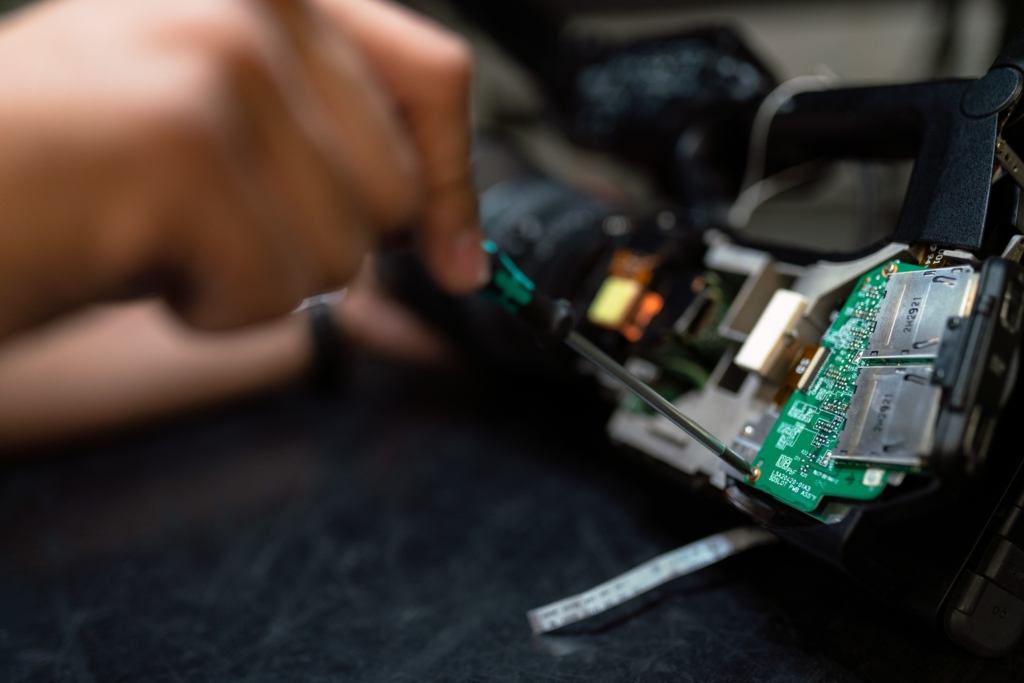
IoT product development is an extensive process summoning the efforts of professionals from many different disciplines. But you don’t have to take on the challenge of IoT product development yourself.
Fresh Consulting has the IoT solution for you. Our IoT product development experts have the industrial design, firmware development, and edge computing aptitude to accomplish IoT product development at the highest level. If you’re in need of an IoT technology stack for your business, we’re the IoT development partner you’ve been looking for.



